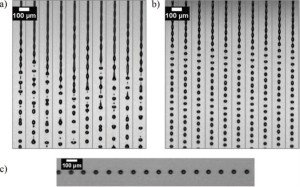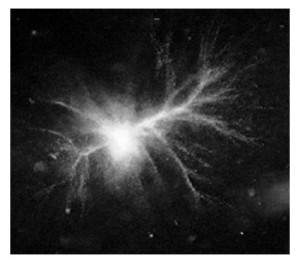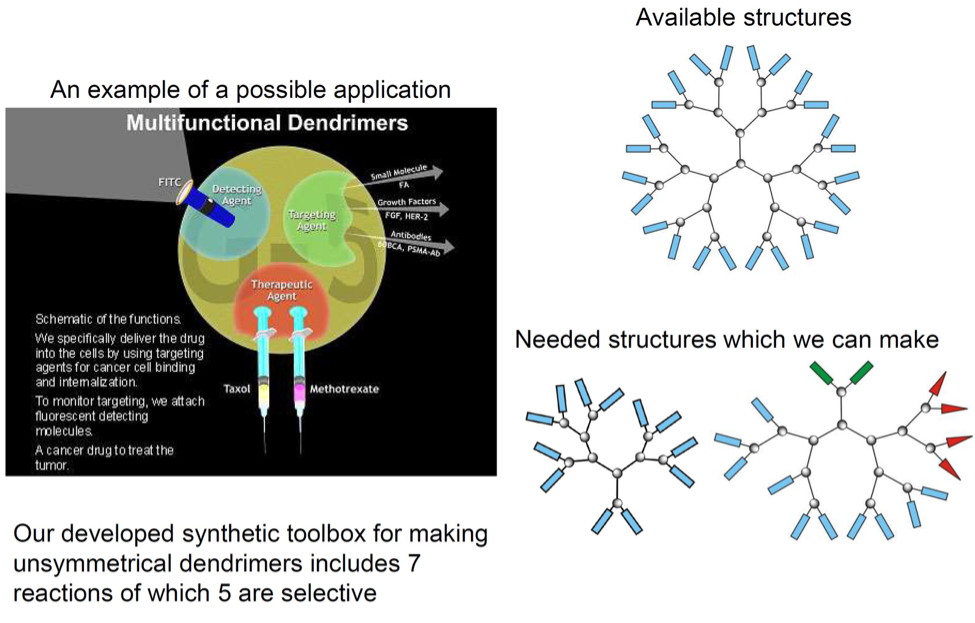Micro- and Nano- Mechanics Lab
Head of the lab: professor Iskander Akhatov
Team: Petr Zhilyaev, Sergey Abaimov, Viktor Grishaev
 Main goals
Main goals
Original theoretical and applied research in the areas of micro- and nano-mechanics that are related to process innovation, accuracy and precision, throughput enhancement, material utilization, compact equipment development, environmental and life-cycle analysis and predictive modeling of manufacturing processes with feature sizes less than one hundred micrometers.

Major research areas
- Droplet impact onto the substrate
- Nanobubbles in the bulk liquid
- Cavitation and bubble dynamics in and near elastic materials
- Two-dimensional polymers
Chemistry unit
The central topic is the development of synthetic approaches to nanosized molecular objects, possessing precisely designed shapes, sizes, and functionalities for their following use as monomeric units for manufacturing of advanced materials such as 2D-polymers and branched polymers. These polymers are promising materials for surface engineering, which is the most practical aspect of the present research. Unlike other methods of surface modification such as air plasma spraying, cold spraying, and electrodeposition (which produce films with thicknesses ranging from several microns to tens of nanometers) on metal surfaces, our approach allows making mechanically stable one-molecule thick covalent films which can be transferred on any surface. Perspective areas of application of these films include superhydrophobic surfaces, membrane technology, and microelectronics.
Two-dimensional covalently stabilized monolayer films
Example of making of one-molecule thick covalent 2D films on a Langmuir-Blodgett trough

Branched architectures with controllable shapes and functionalities

Our equipment
- The unit is presently equipped with 2 fume hoods
- The main analytical tool is a 300 MHz Bruker “Fourier 300” NMR Spectrometer
- Tools for generation, handling, and analysis of monolayers (Langmuir-Blodgett trough with BAM microscope)